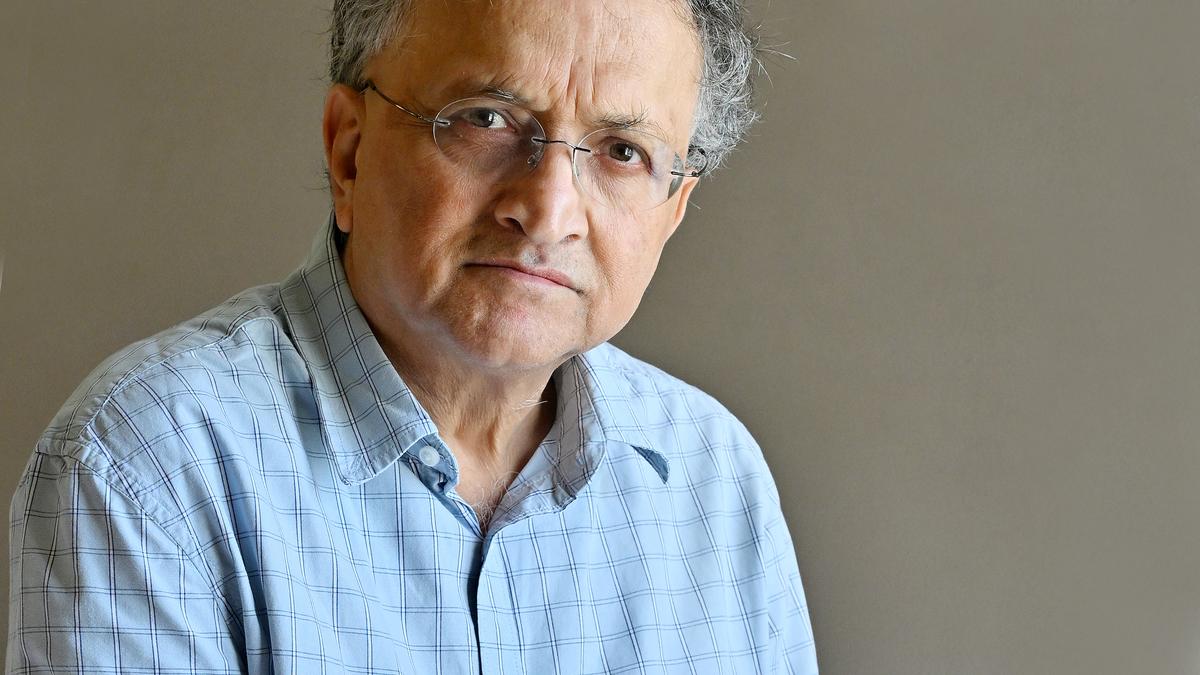
Every party in India has been hostile to environmental sustainability: Ramachandra Guha Premium
The Hindu
ramachandra guha,environmentalism,india
Speaking with Nature: The Origins of Indian Environmentalism is a book that historian Ramachandra Guha almost did not write. Having started research on it nearly two decades ago, life had other plans, and Mr. Guha’s path veered towards other monumental works such as India After Gandhi and his celebrated biographies of Mahatma Gandhi, which have defined much of his career. However, thanks to his deep-rooted interest in environmental history, he picked up the threads — or rather, reams of notes — and dived back into the project.
The result is a compelling exploration of 10 early environmental thinkers — from poet Rabindranath Tagore to the lesser-known scientist couple Albert and Gabrielle Howard and naturalist M. Krishnan — whose ideas have shaped India’s ecological landscape in the pre-climate change era.
In a conversation before the launch of his book in Chennai, Mr. Guha reflects on the diverse figures featured in the book, who lived and wrote across a century of Indian history, and how their contributions often bridged the gap between environmentalism and social justice. Their work, he argues, offers a much-needed counterpoint to the dominant, Western-driven narrative of environmentalism, one that prioritises the protection of nature without considering the inequalities and human struggles intertwined with it.
With typical clarity and insight, Mr. Guha discusses the enduring relevance of these thinkers’ ideas in the context of today’s environmental challenges, from climate change to the pressures of rapid urbanisation. Edited excerpts:
There are 10 diverse thinkers in your book. How did you choose this particular group, and what do you believe their varied beliefs and perspectives say about the complexity of environmentalism in India?
Any work of history involves inclusion and deliberate or accidental exclusion. In my research over the last few decades into the history of environmentalism in India, I stumbled upon these 10 individuals. Some are well-known for other things, like labour, and came from various backgrounds. Others, I had known of earlier due to my research on environmental questions. They are extremely diverse, spanning an entire century, from the 1880s to the 1990s. For instance, Krishnan, the naturalist, was the last figure in this book, who was actually a resident of Chennai, writing till the 1990s.
These individuals worked in different parts of India and various landscapes. They wrote about the wild, the forest, the farm, the waters, the soil and the city. Most of them, with the possible exceptions of Munshi and Krishnan, combined a concern for environmental sustainability with a deep concern for social justice. That’s why this book is titled Speaking with Nature, not Speaking for Nature.

The Government Railway Police in Chennai’s Korukkupet have arrested a 43-year-old goldsmith and his 17-year-old daughter for allegedly murdering an elderly woman, transporting her body in a suitcase via a suburban train from Nellore, Andhra Pradesh, and attempting to abandon it in Minjur, a suburban locality in Chennai.

The High Court, in its September 24 verdict, had said that the investigation on the complaint against Mr. Siddaramaiah and others is undoubtedly necessary while dismissing his petition challenging the permission granted by the Governor of Karnataka for conducting a probe against him under provisions of the Prevention of Corruption Act and other laws.









